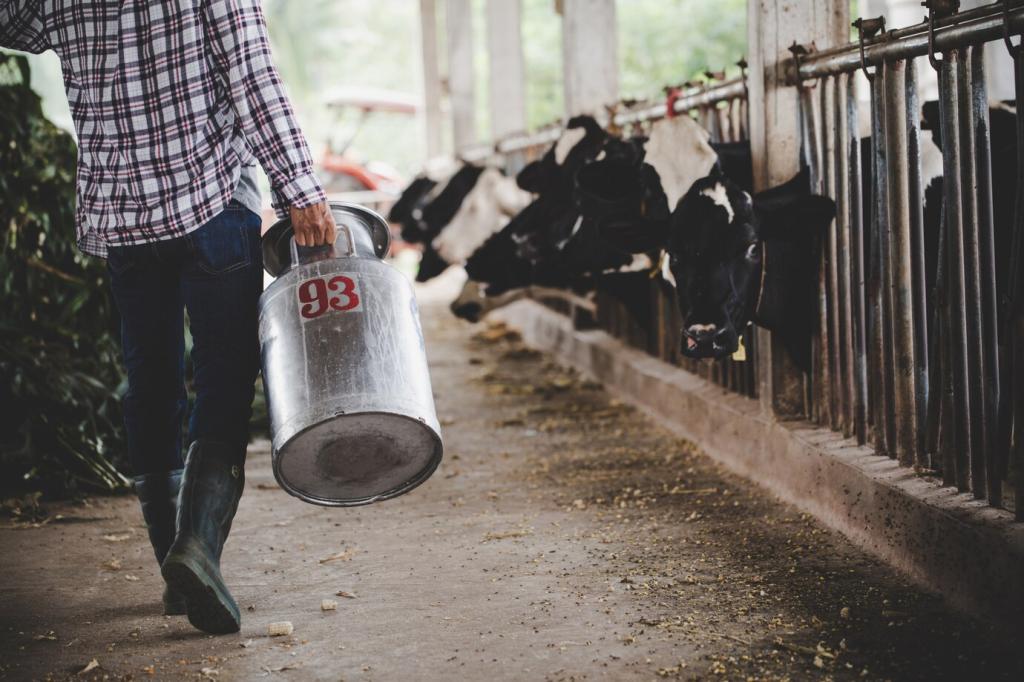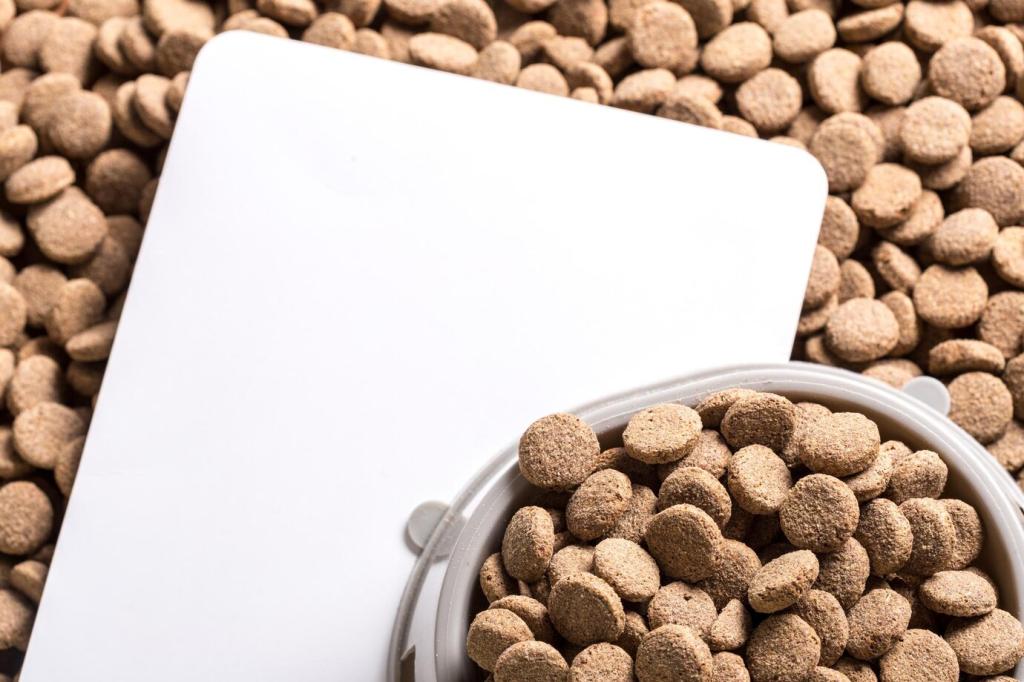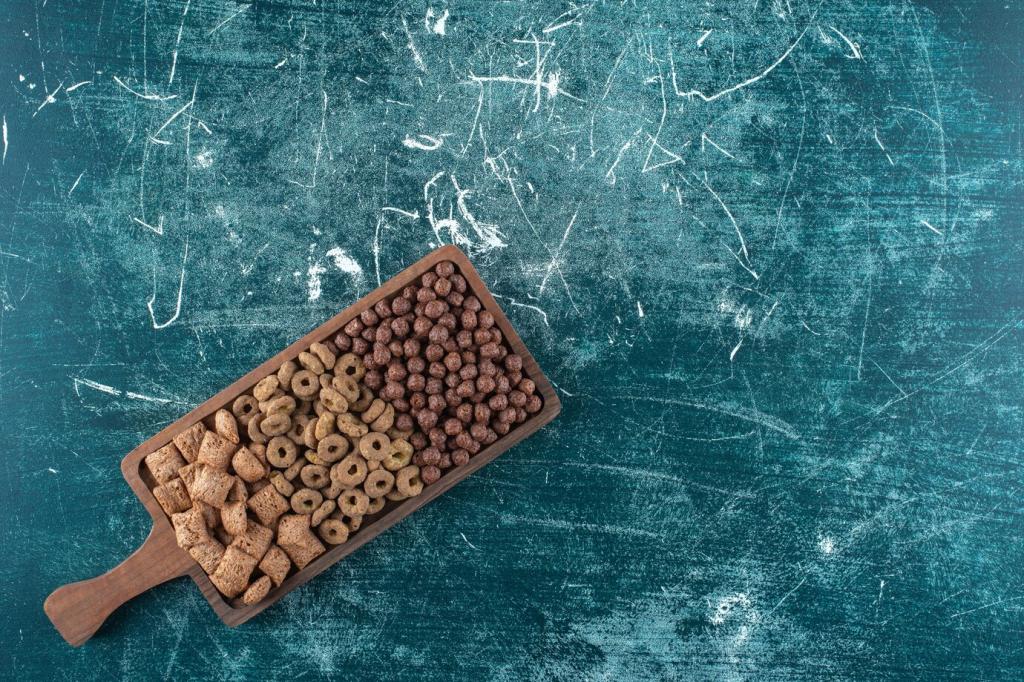Low-Calorie Diets for Chihuahuas: Lighter Bowls, Happier Hearts

Designing a Low-Calorie Meal Plan
Portion control without guesswork
Use a gram scale and feeding chart instead of scoops. Tiny inaccuracies matter. Pre-portion meals into containers for the week, and label calories per serving so every caregiver stays consistent and supportive of your Chihuahua’s goals.
Schedules that curb begging
Split the day’s calories into two or three meals. Predictable timing reduces pleading eyes and snack ambushes. Add a small, low-calorie bedtime nibble if late-night hunger causes restlessness or early morning wake-up calls.
Hydration and tummy satisfaction
Warm a tablespoon of low-sodium broth into meals, or mix in safe, vet-approved fiber. Moisture and fiber increase fullness without spiking calories, helping your Chihuahua feel content between meals and less tempted by extra treats.
Skinless turkey, chicken breast, and white fish deliver protein with minimal fat. Add vet-approved pumpkin or green beans for fiber. These components help maintain satiety and muscle tone while keeping your Chihuahua’s calorie budget intact.
Smart Ingredients and Treat Swaps
Activity to Match the Menu
Five-move indoor routine
Try one minute each of gentle fetch, nose targeting, sit-to-stand reps, figure-eights around your legs, and slow stair work if safe. Repeat two rounds. Short, soft-impact bursts suit Chihuahuas and burn calories efficiently.
Gentle walks, big benefits
Short, frequent walks protect tiny joints while stimulating metabolism. Aim for a comfortable pace and smooth surfaces. A well-fitted harness prevents neck strain, and regular routes help you spot early signs of fatigue or overexertion.
Brain games count, too
Food puzzles, snuffle mats, and hide-and-seek with low-calorie kibble portions engage the mind and reduce boredom munching. Mental effort is surprisingly tiring for small dogs, supporting your Chihuahua’s weight goals without stressing delicate joints.
Tracking Progress the Kind Way
You should feel ribs with light pressure, see a defined waist from above, and note a tucked belly from the side. Record observations weekly alongside weight to capture subtle improvements that scales alone might miss.


Common Pitfalls and How to Fix Them
Rapid restriction risks hunger, muscle loss, and cranky moods. Instead, reduce gradually, prioritize protein, and check progress every one to two weeks. Gentle adjustments maintain wellbeing and make long-term weight control sustainable.
Simple Recipes for Small Bowls
Combine cooked, shredded skinless turkey with plain pumpkin and a splash of warm water. Portion into tiny bowls. It’s soothing, lean, and fiber-friendly. Confirm serving sizes with your vet to fit your Chihuahua’s calorie plan.
Simple Recipes for Small Bowls
Finely grate carrot and sprinkle a teaspoon over regular meals for satisfying texture and mild sweetness. This topper adds minimal calories while keeping taste buds interested, especially during transitions to a leaner daily menu.


Special Situations: Seniors and Sensitive Tummies
Gentle approaches for seniors
Older Chihuahuas often benefit from slightly higher protein relative to calories, with joint-friendly omega-3s. Keep walks short and frequent. Monitor appetite, hydration, and mobility closely, adjusting calories under your veterinarian’s supervision.
Dental issues and soft textures
Dental pain can reduce appetite or trigger picky eating. Choose softer, low-calorie textures or soak kibble briefly. Maintain dental care routines so calorie plans remain comfortable, and share your adjustments to help other readers learn.
When pancreatitis or allergies complicate things
Low-fat formulations may be necessary during pancreatitis management, while novel proteins can help with allergies. Always follow veterinary guidance, introduce changes slowly, and log reactions carefully. Ask questions below, and subscribe for future updates.
